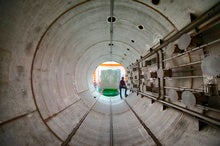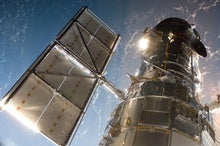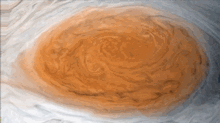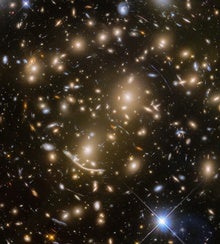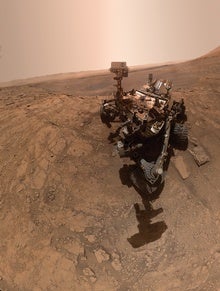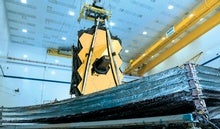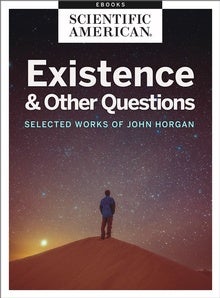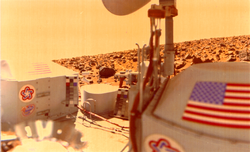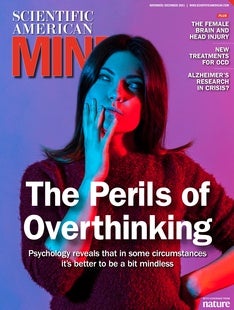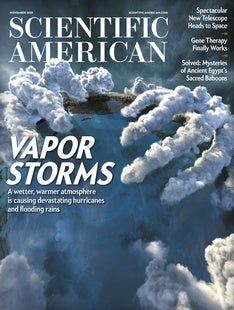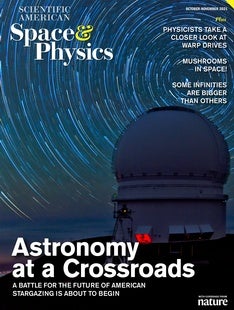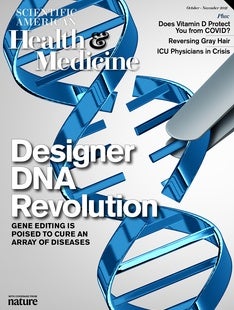 |
| November 04, 2021 |
Dear Reader,
This week, we're thinking big. Our lead story covers what may first seem a minor procedural detail—the release of a new technical report—but in actuality is an epochal moment for the entire enterprise of astronomy and astrophysics. The latest Decadal Survey, a once-every-ten-years exercise in communal planning, was just released today, and charts the course for the next few decades of celestial research in the United States. Our coverage explains its importance and the details of its ambitious recommendations, which include a call for a large space telescope to seek out signs of life on any potentially habitable exoplanets orbiting nearby stars. Elsewhere this week, we have stories on the uncertain fate of sterile neutrinos, a worrisome glitch on the Hubble Space Telescope, new ideas in the history of water on Mars, and more. Read on! Also, if you happen to be in the vicinity of New York City this coming Sunday evening, consider attending this event in Brooklyn. I'll be giving a short introduction to a conversation between three amazing scientists about the past, present and future of exoplanet studies. |
| |
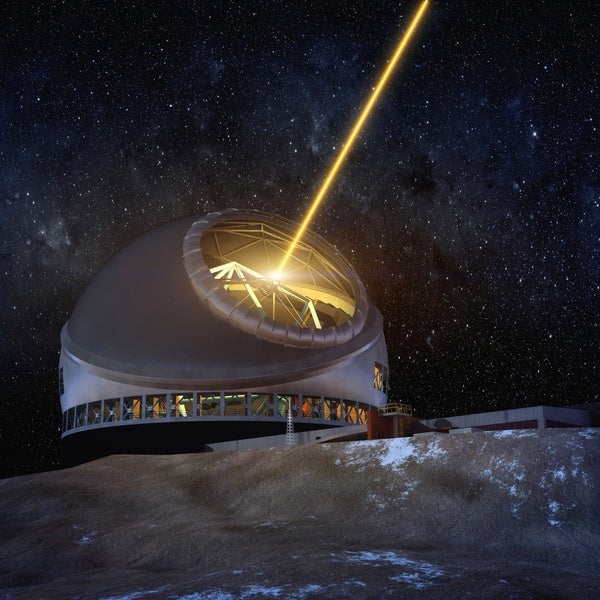 |
| |
| Particle Physics Can Sterile Neutrinos Exist? Physicists have wondered if neutrino particles come in a mysterious fourth variety. Now new experimental findings complicate the question | | | | |
| |
| |
| |
| |
| |
| |
FROM THE STORE
 | | Existence and Other Questions: Selected Works of John Horgan Does free will exist? Is the Schrödinger Equation True? How does matter make a mind? In his Scientific American column, John Horgan takes a scientific approach to exploring mysteries such as these, and in this eBook, we collect some of his most thought-provoking work on consciousness, quantum mechanics, the science of psychedelic drugs and more. |  | | |
| |
| |
FROM THE ARCHIVE
 | | | |
LATEST ISSUES
 |
| |
| Questions? Comments?  | |
| Download the Scientific American App |
| |
| |



